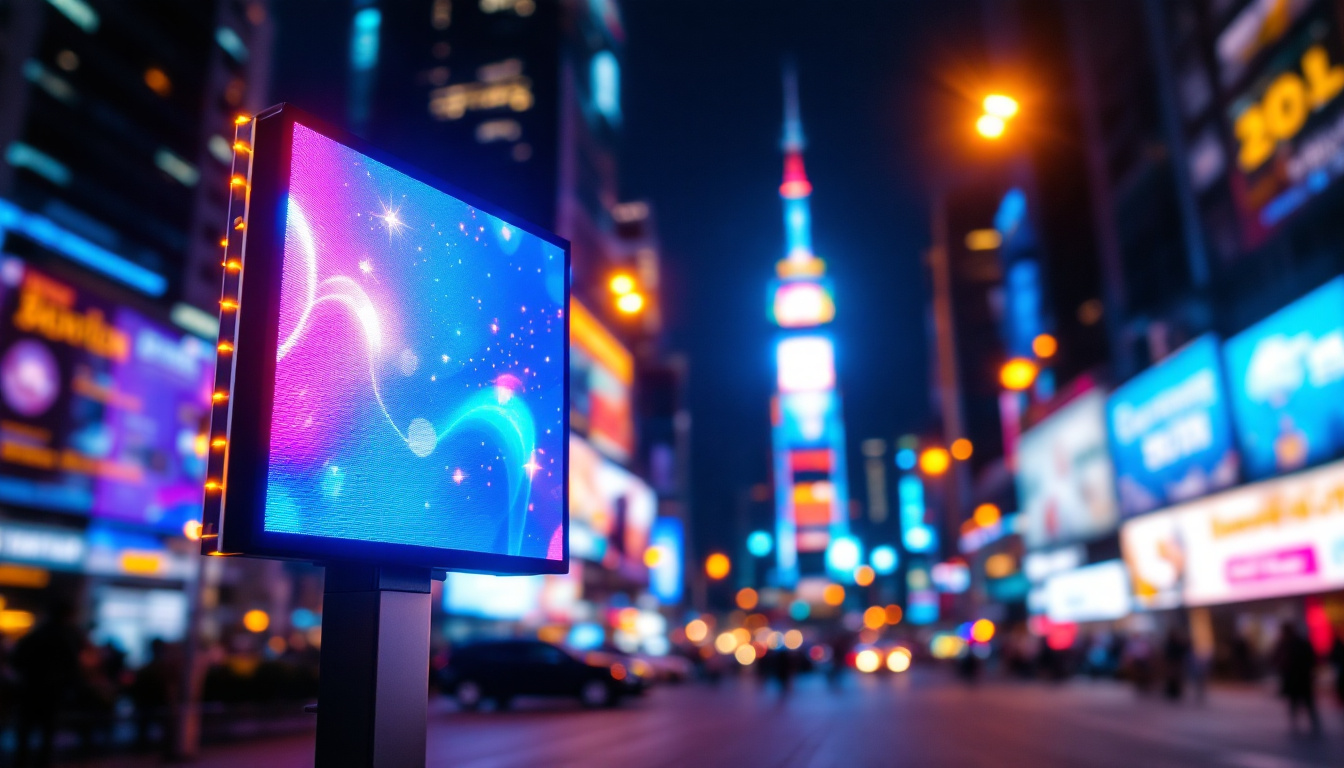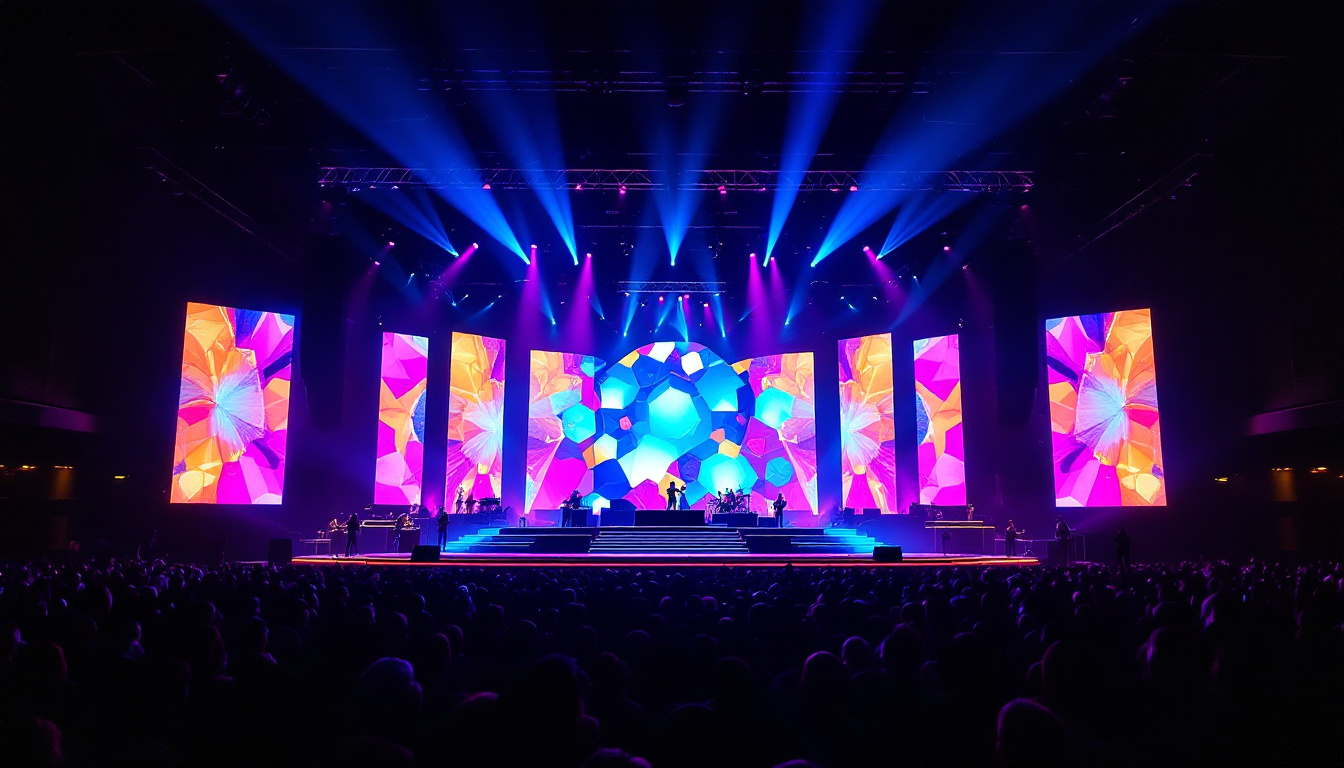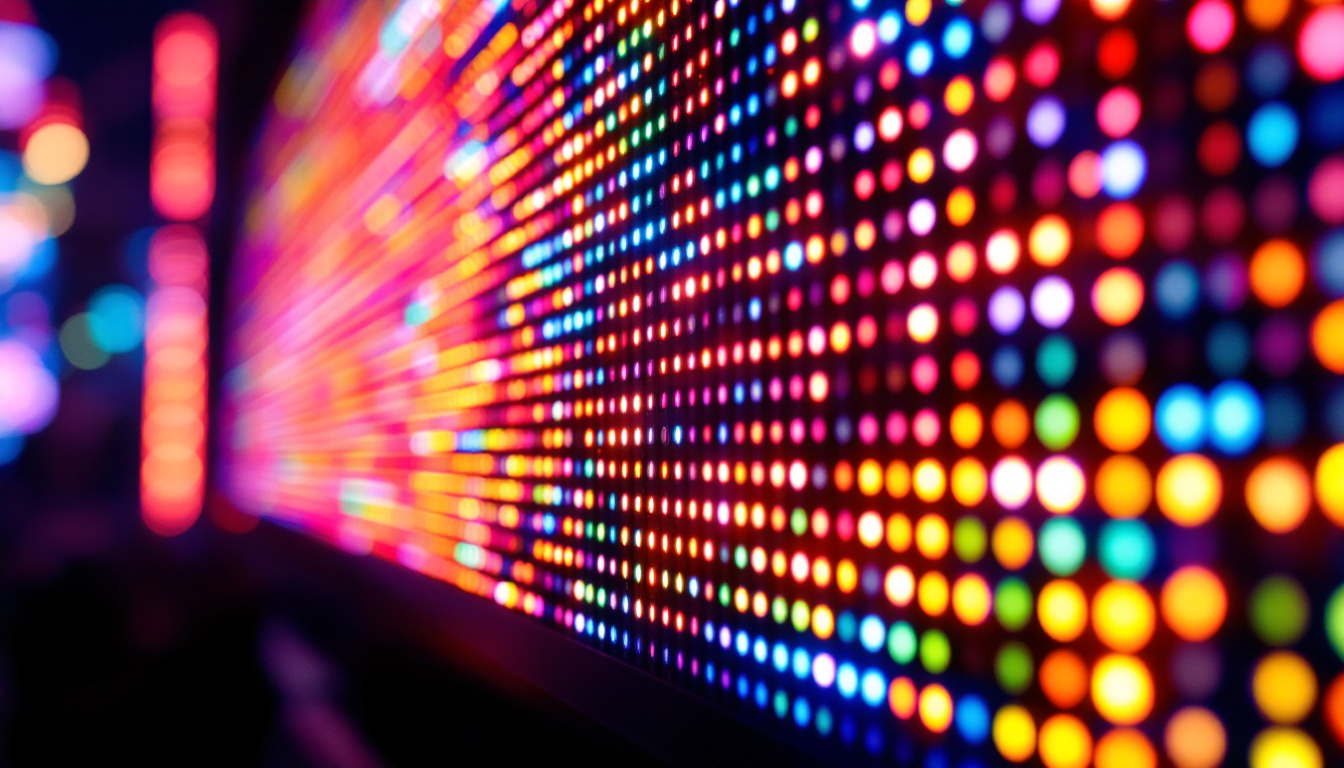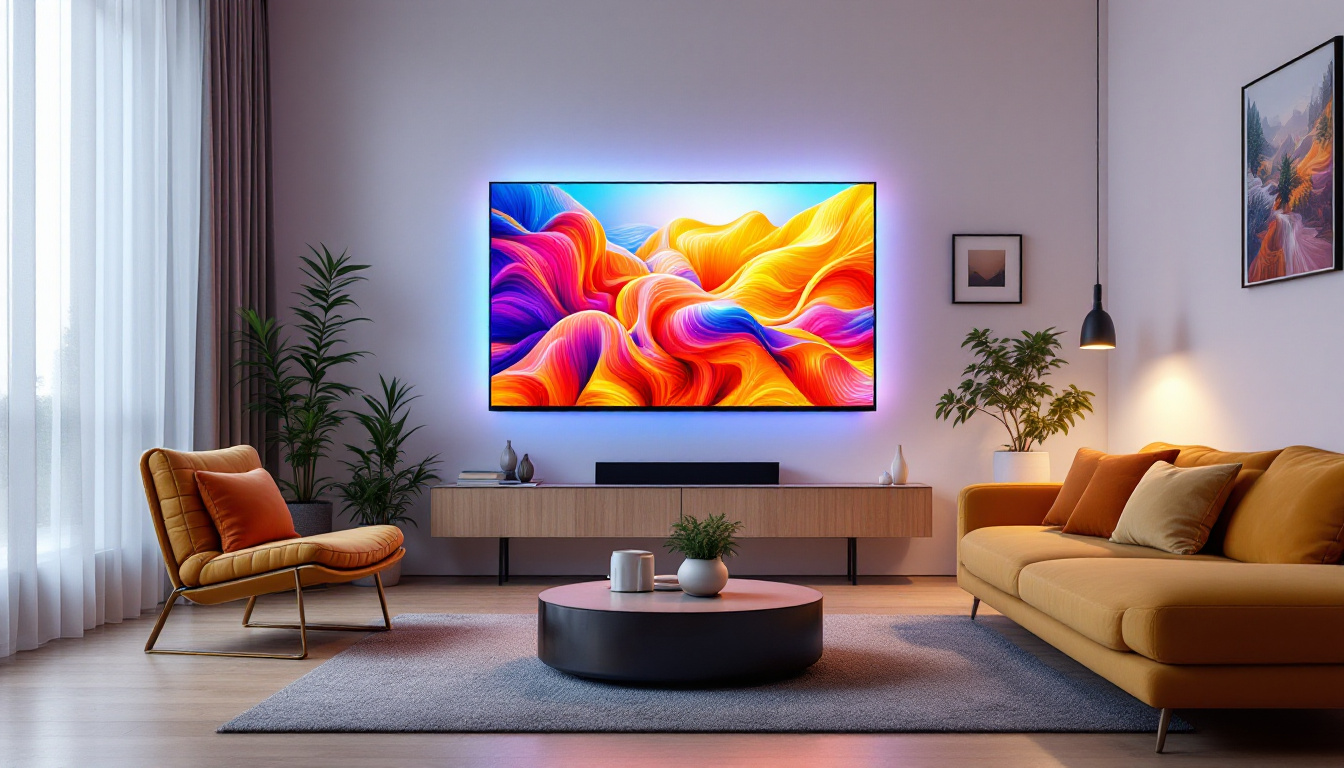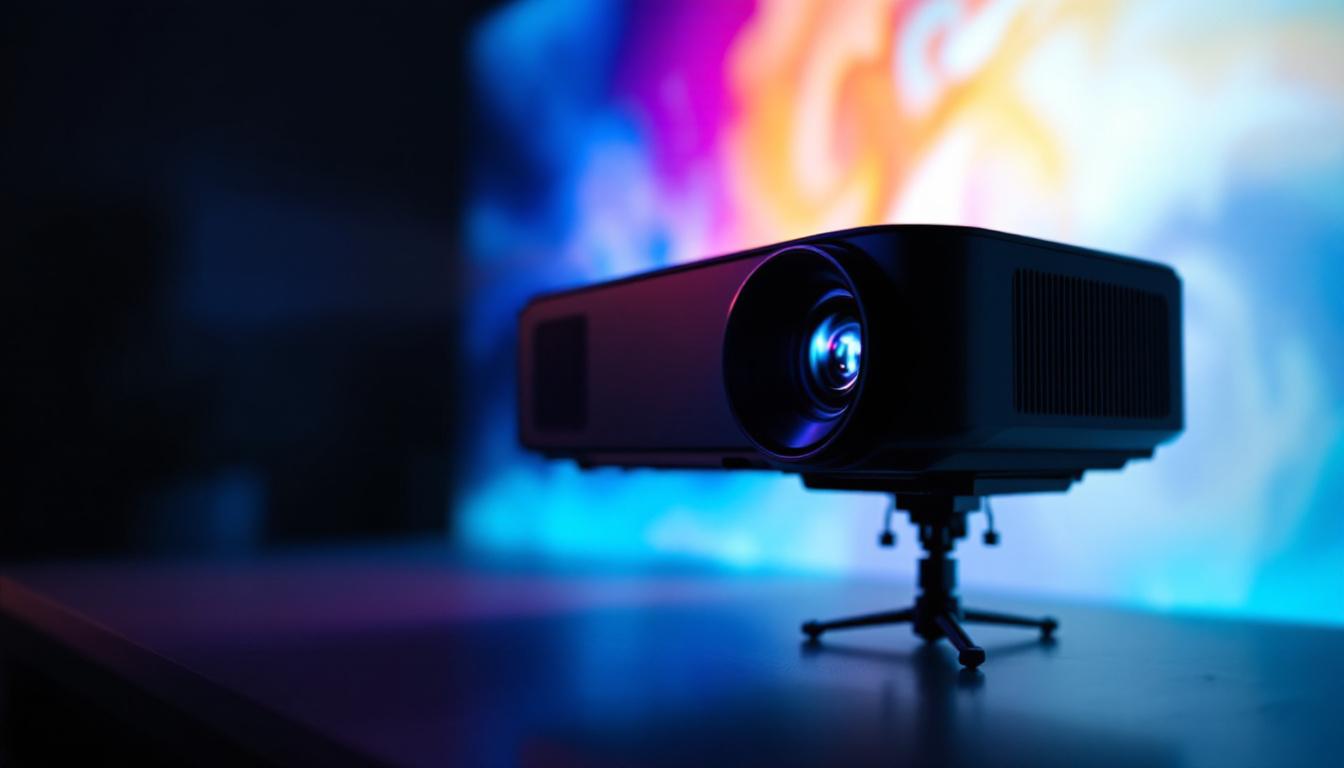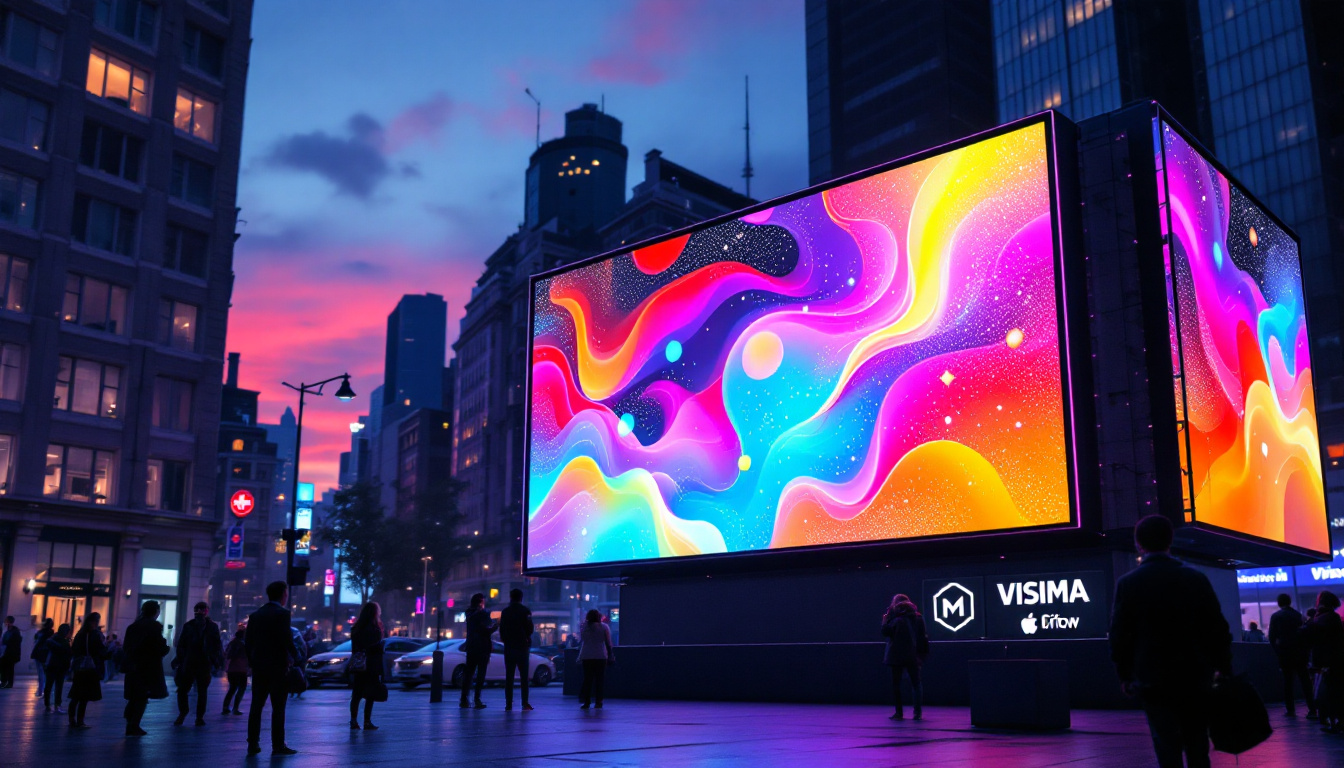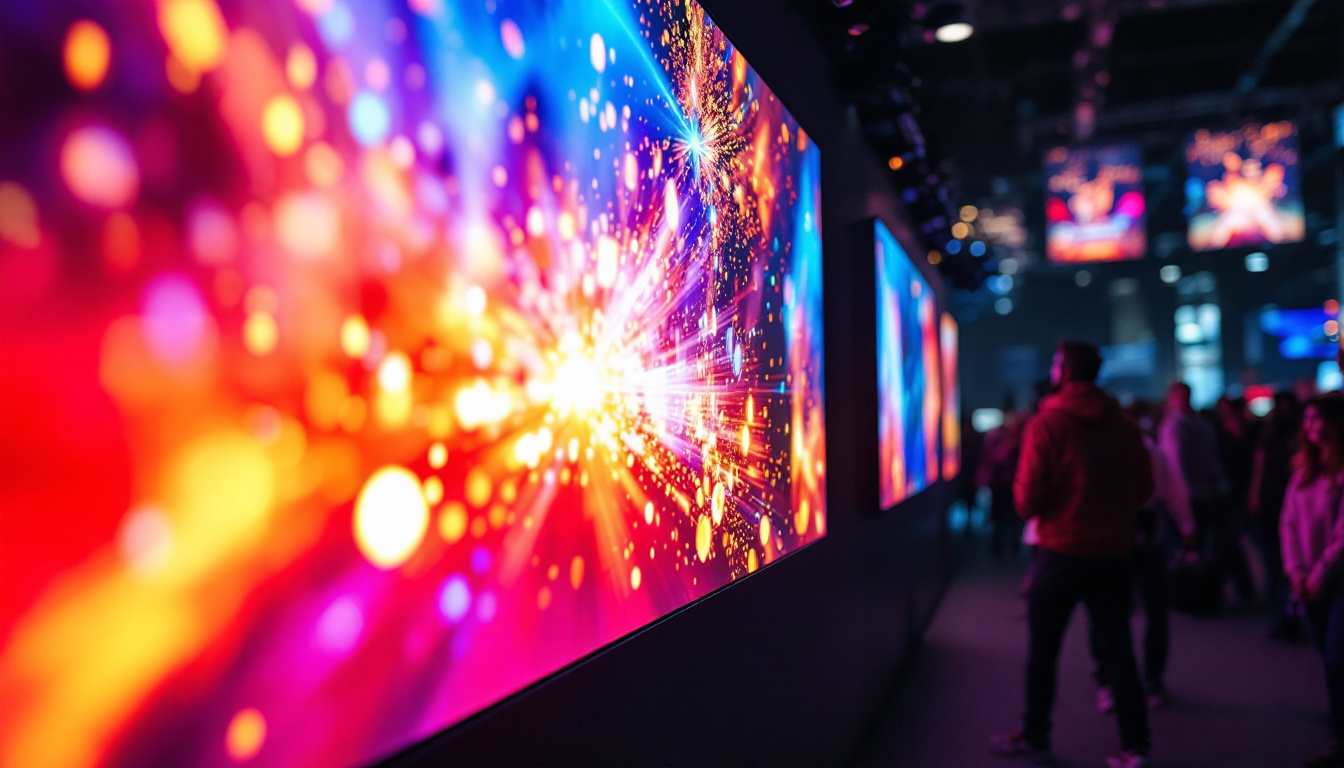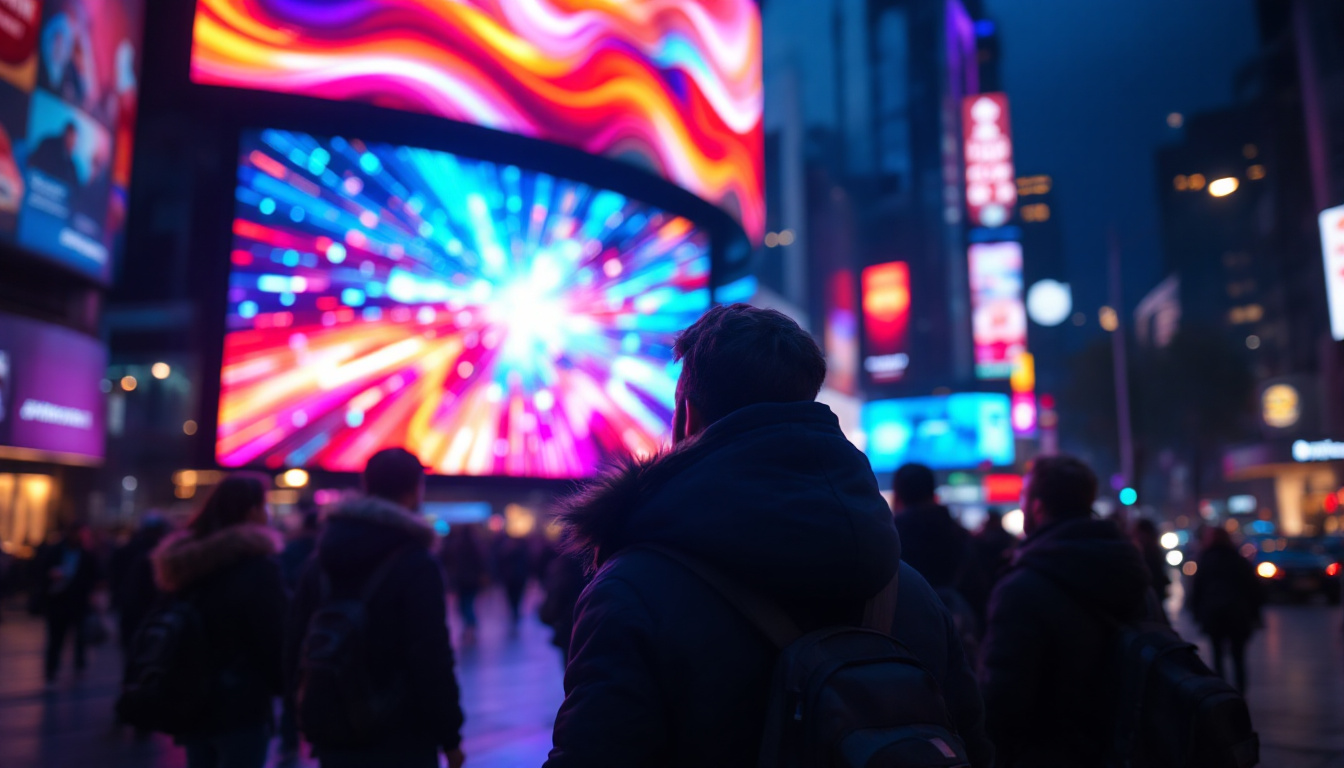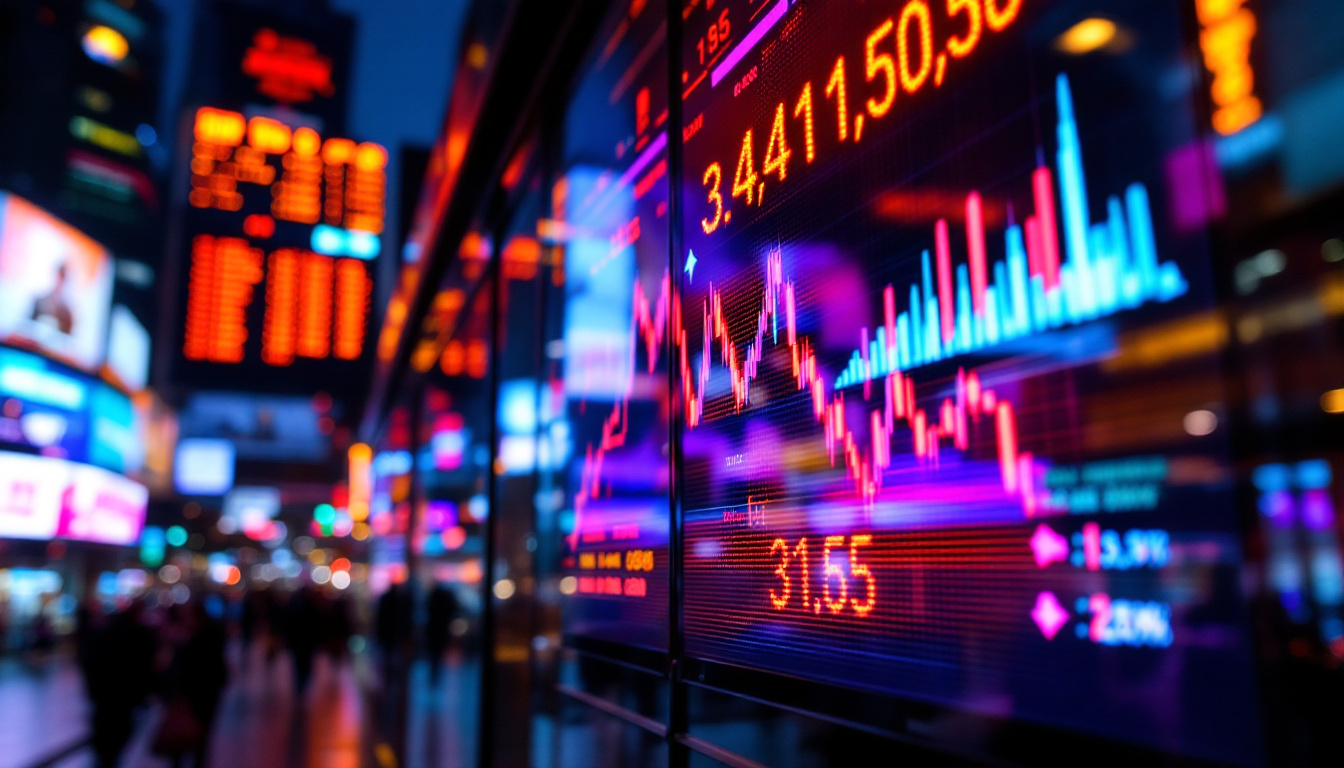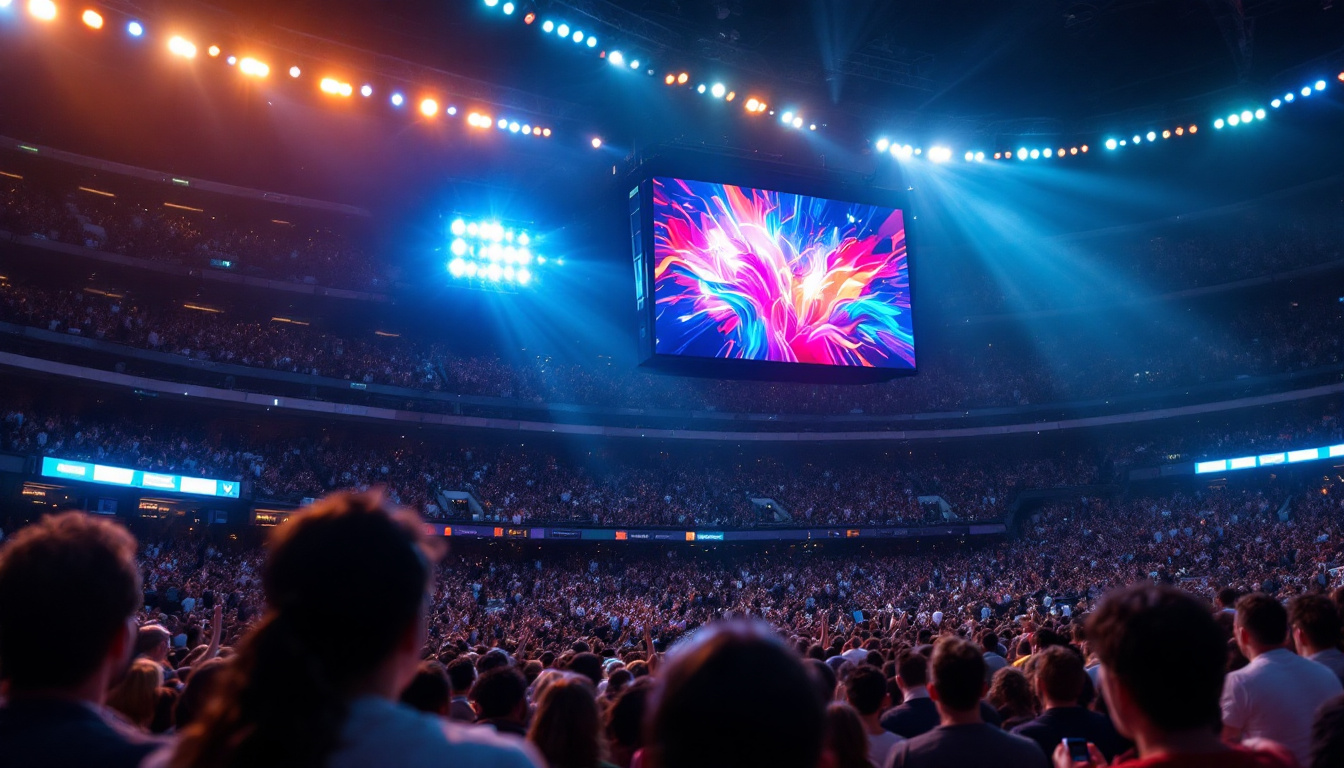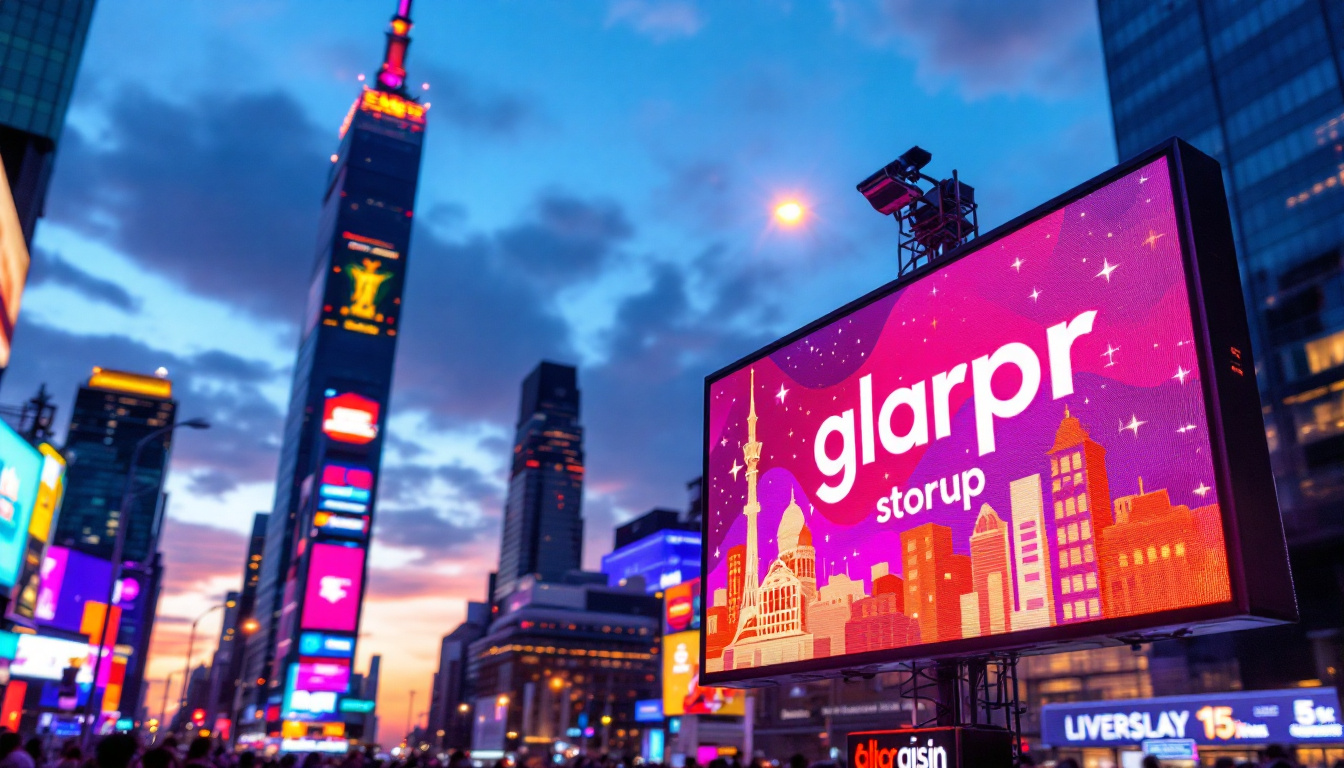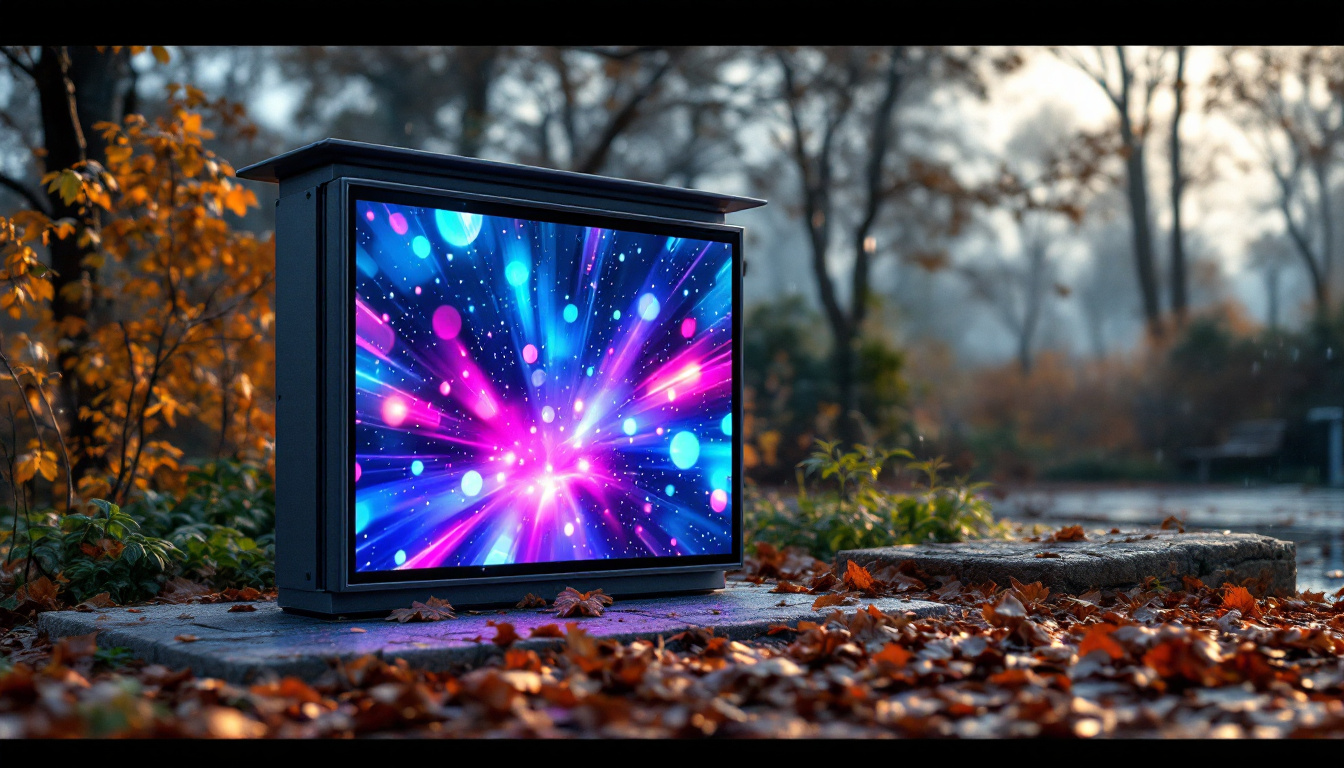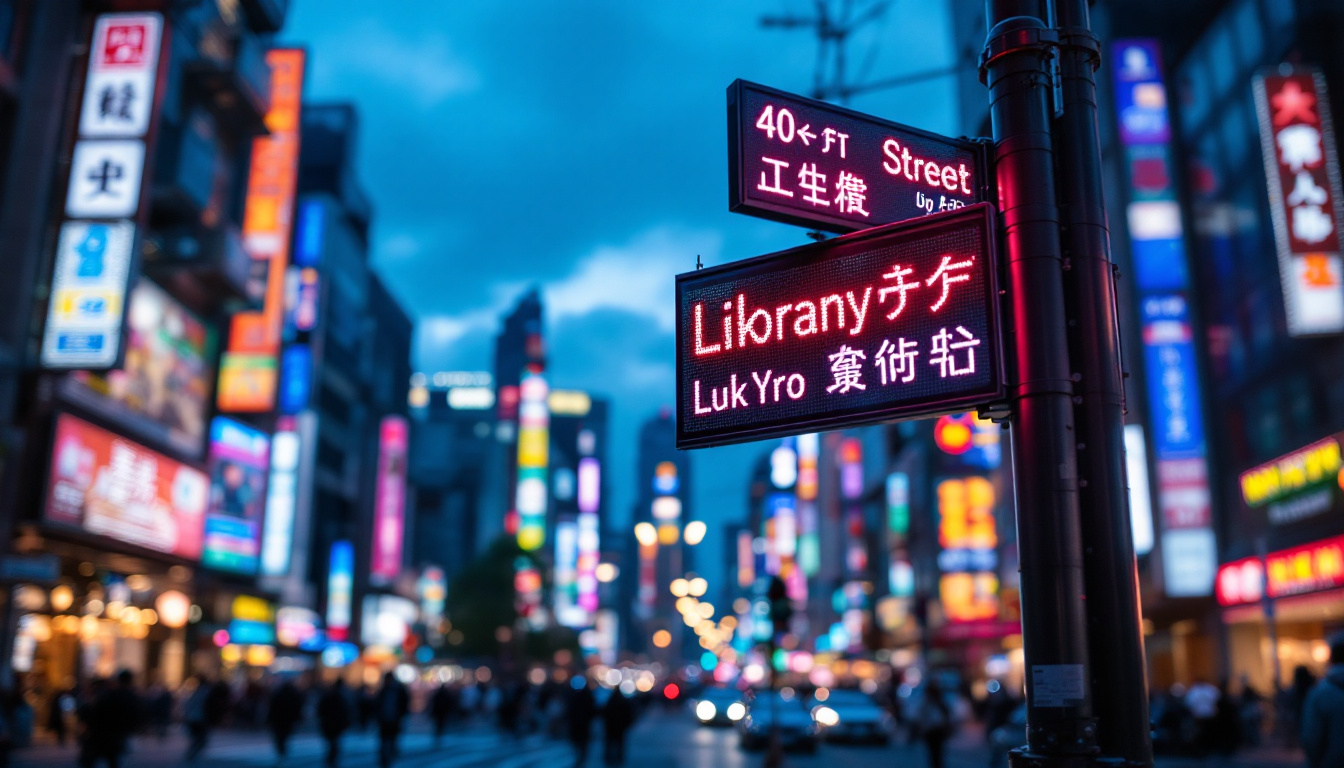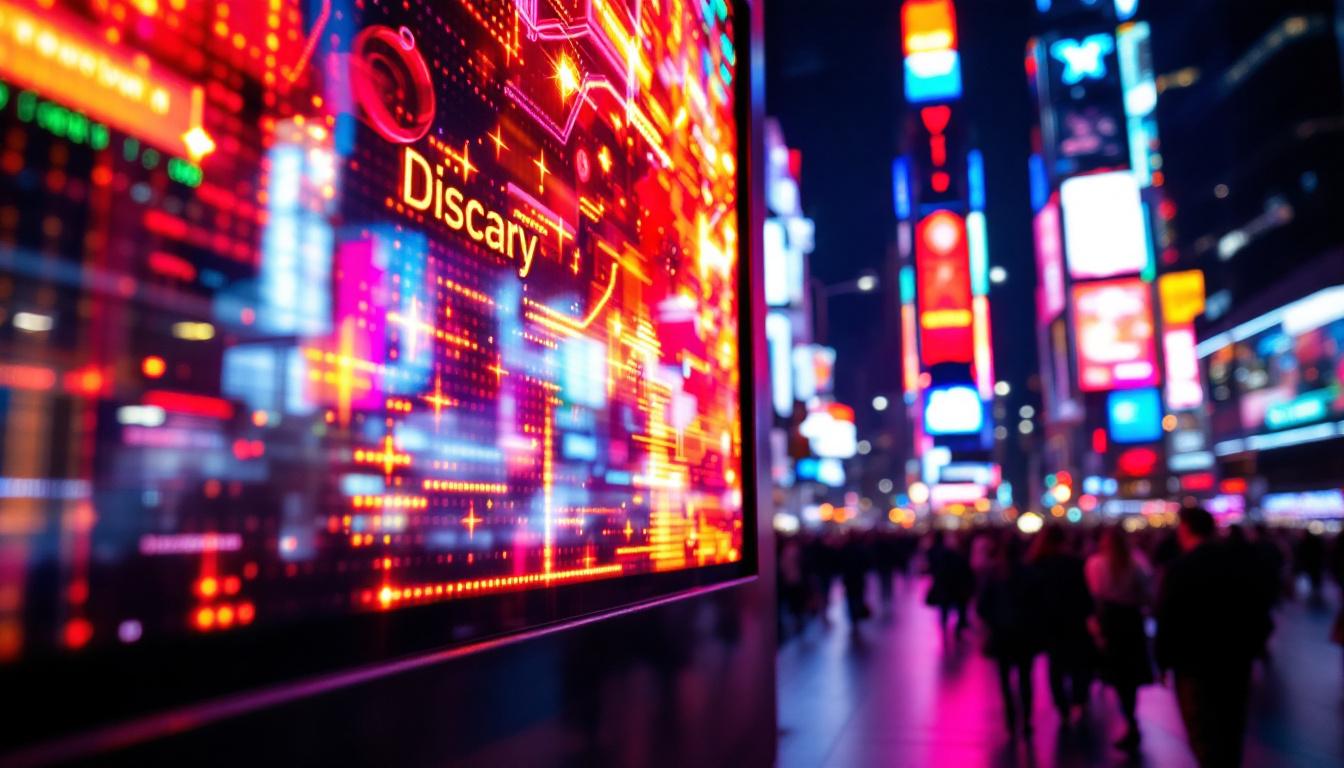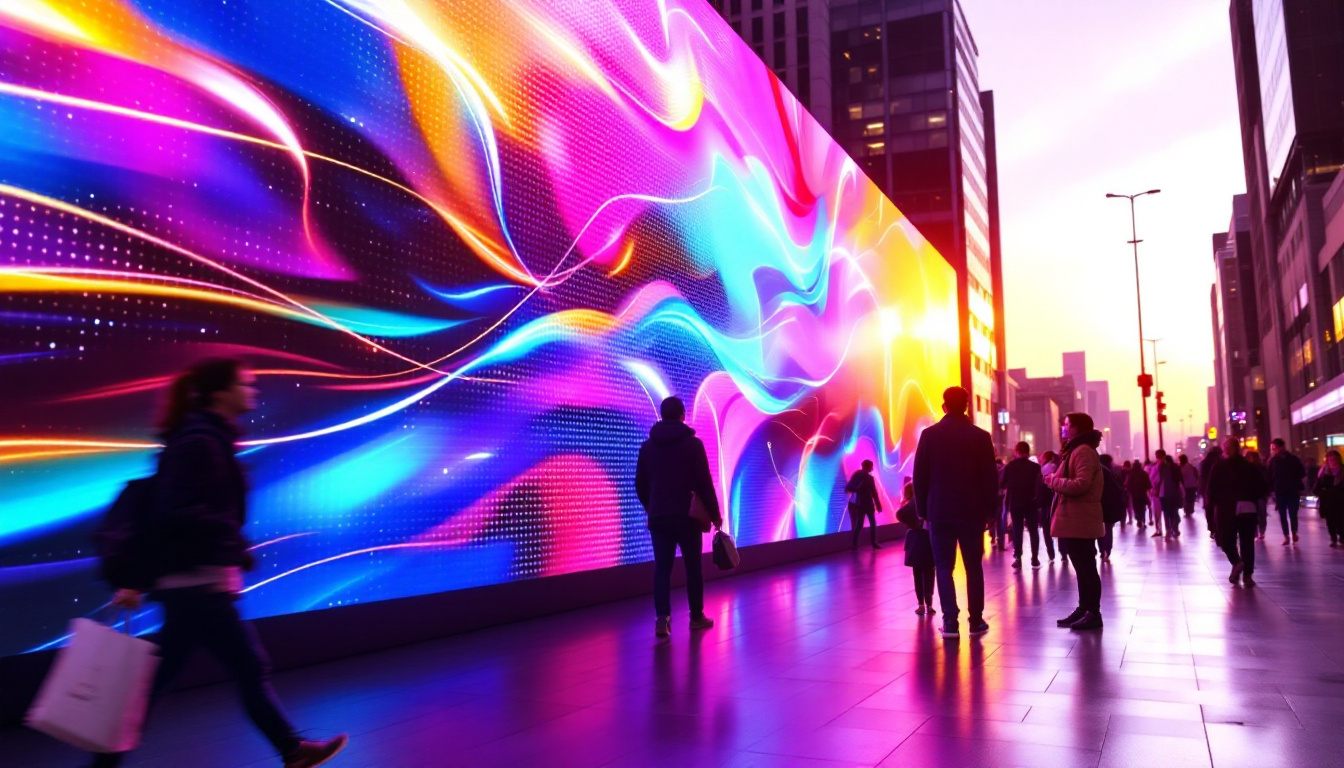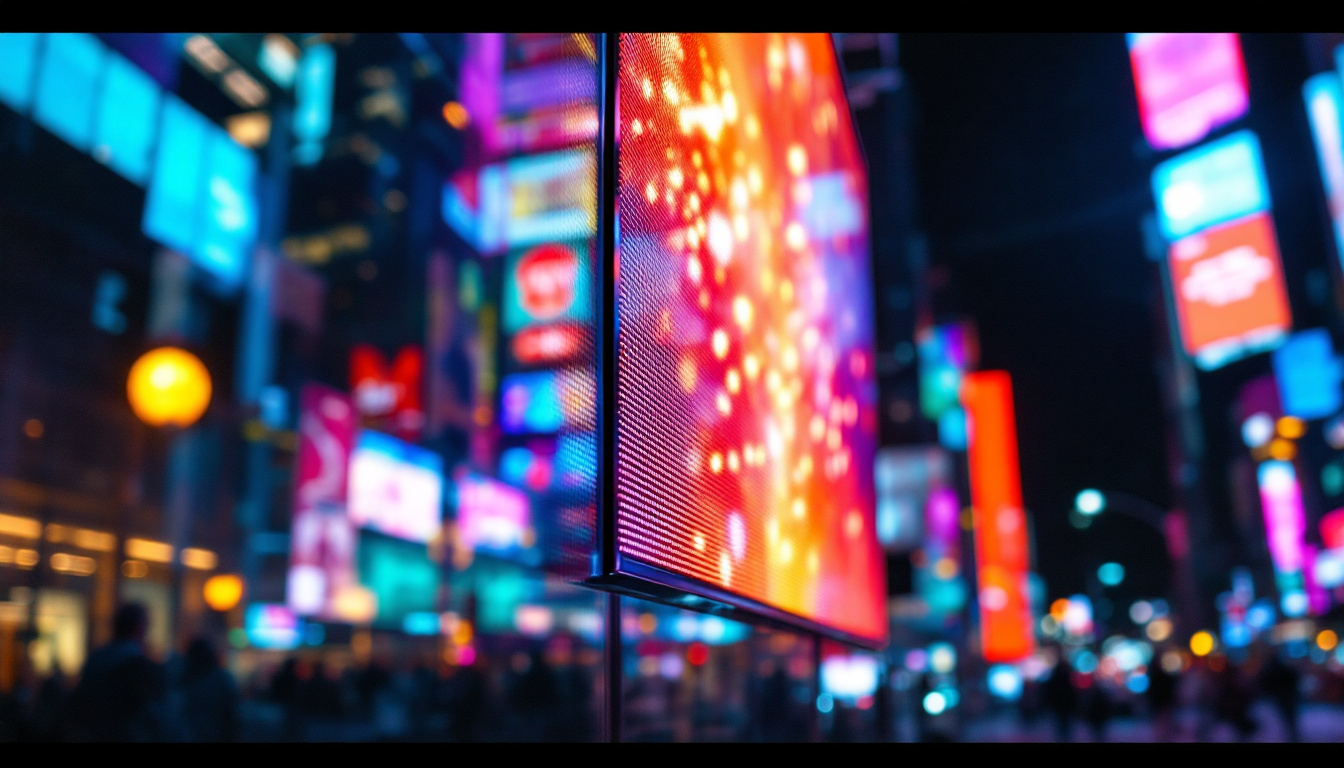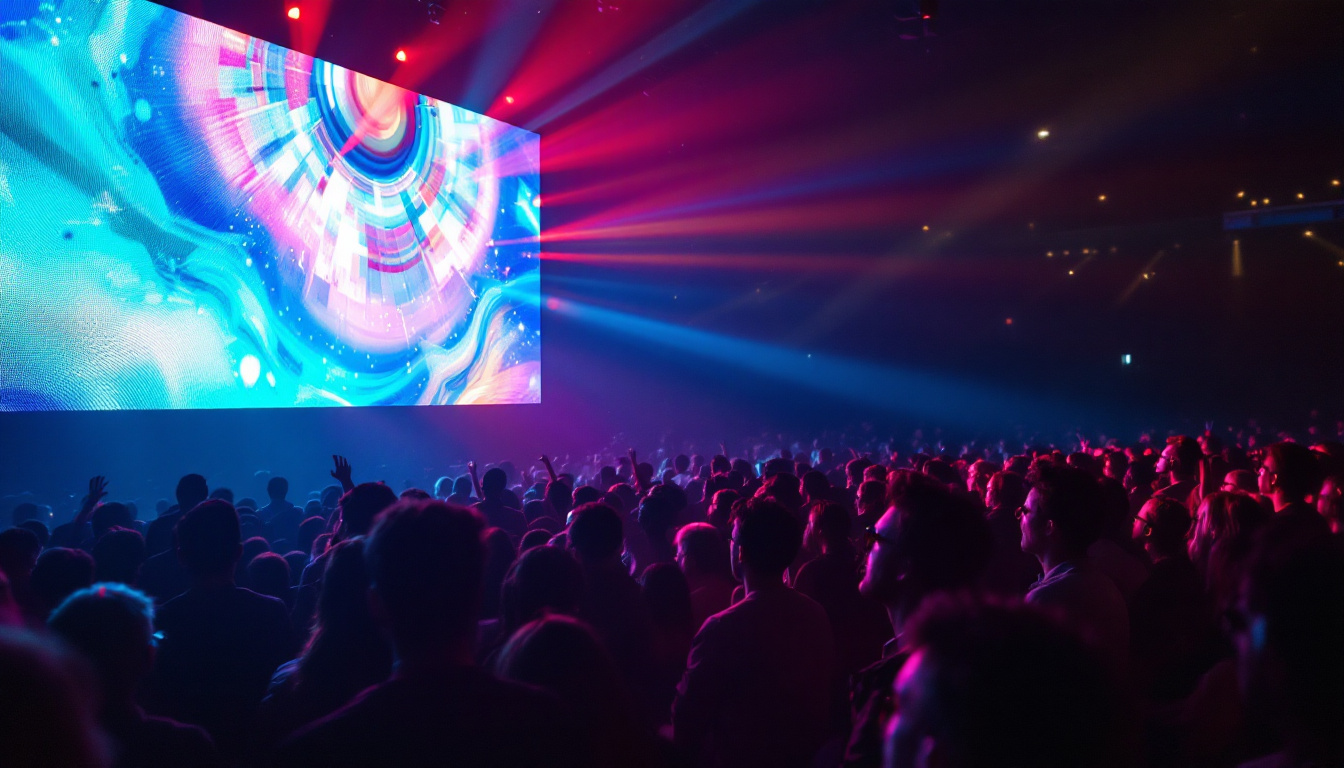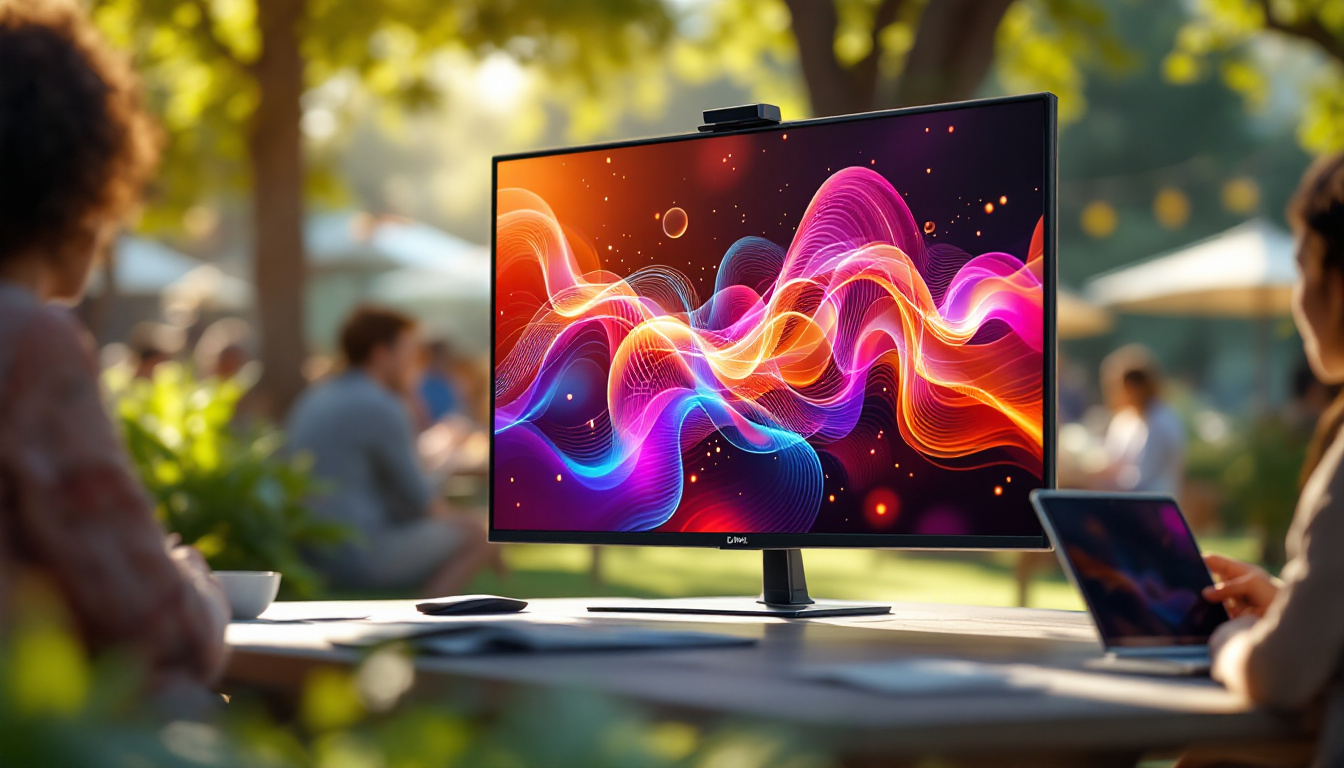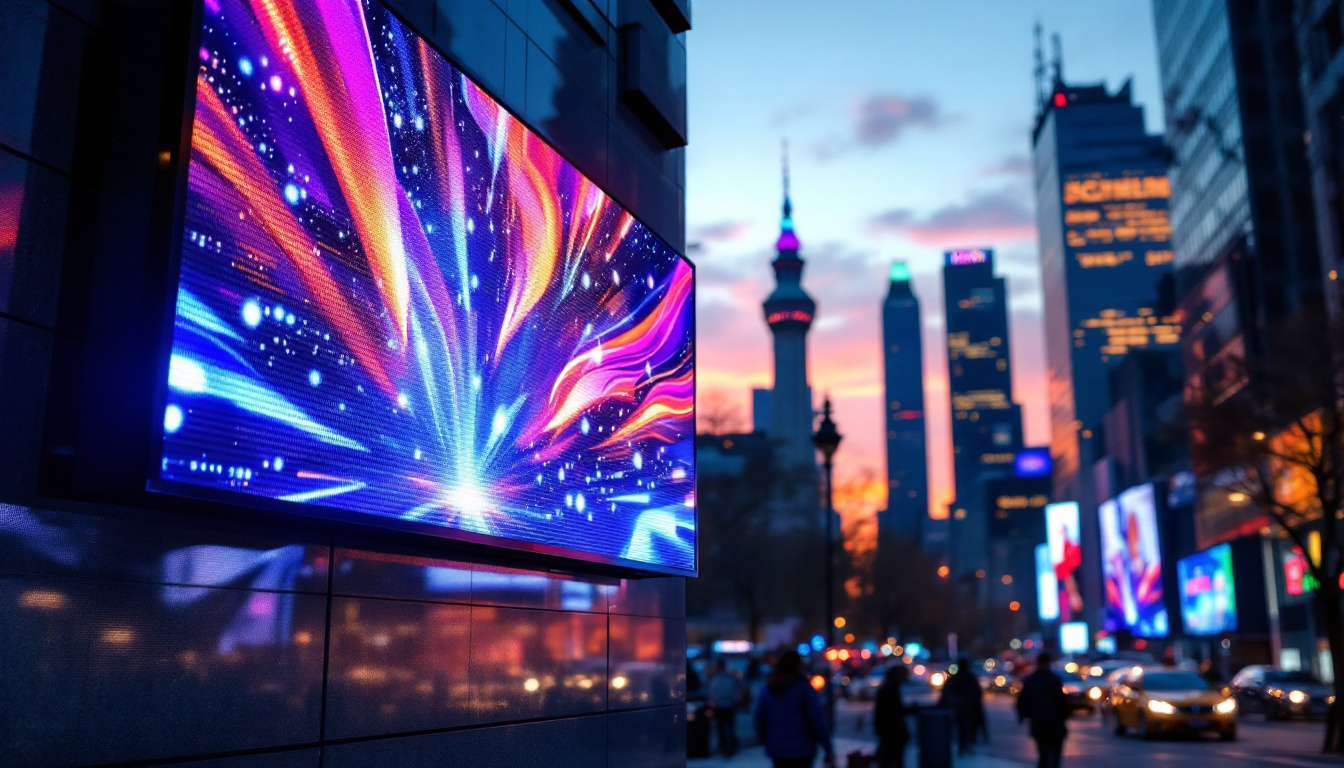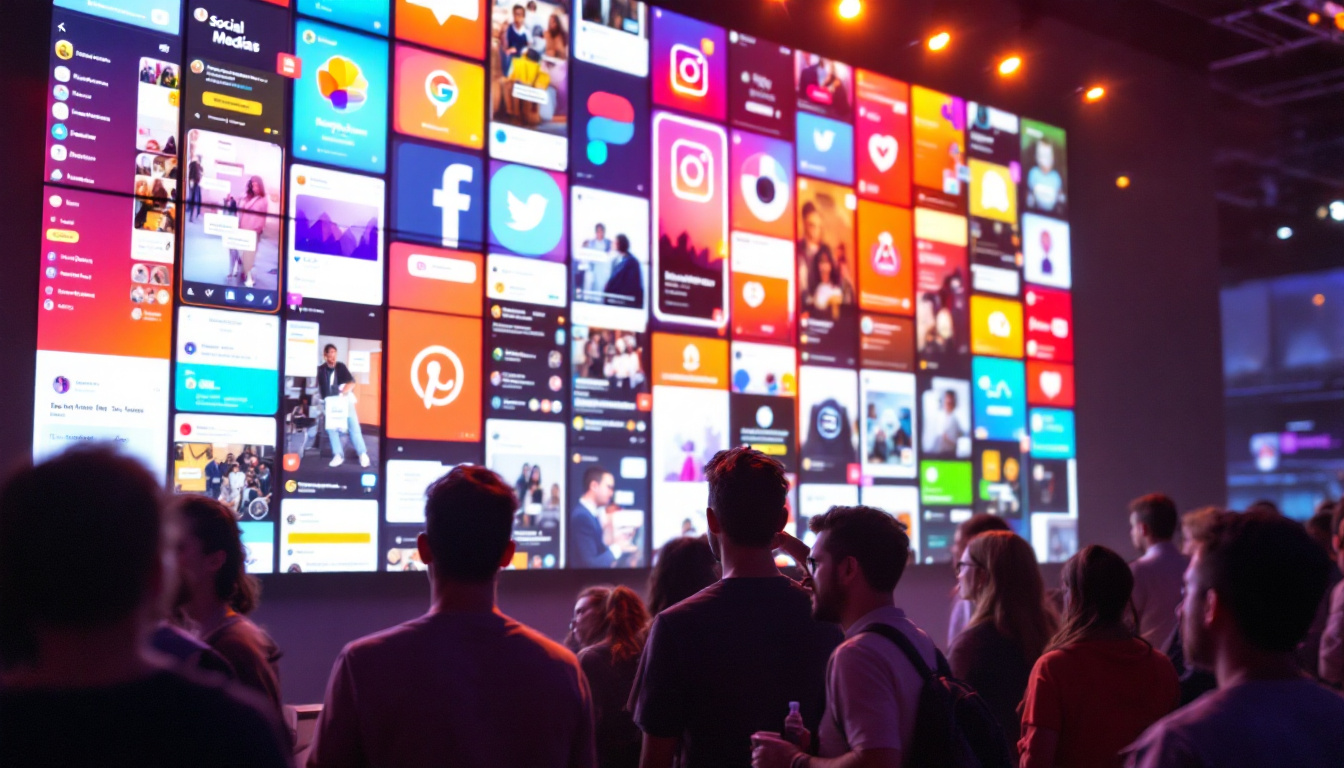In the modern world, displays are everywhere, from smartphones to large-scale television screens. Among the various types of display technologies, LED (Light Emitting Diode) displays have gained immense popularity due to their vibrant colors, energy efficiency, and versatility. This article delves into the intricacies of LED displays, exploring their technology, applications, and advantages over traditional display methods.
Understanding LED Technology
LED displays are a type of flat panel display that uses light-emitting diodes as their primary light source. Unlike traditional LCDs that rely on fluorescent backlighting, LED displays utilize these tiny semiconductor devices to produce light directly. This fundamental difference contributes to several advantages that LED displays offer, including improved energy efficiency, longer lifespan, and thinner designs that allow for sleek and modern aesthetics.
How LED Displays Work
At the core of LED display technology is the principle of electroluminescence. When an electric current passes through a semiconductor material, it emits light. In an LED display, thousands of these diodes are arranged in a grid, with each pixel composed of red, green, and blue (RGB) sub-pixels. By adjusting the intensity of each color, a wide spectrum of colors can be produced, allowing for rich and dynamic visuals. This capability not only enhances the viewing experience but also makes LED displays ideal for vibrant applications such as gaming and digital signage.
There are two main types of LED displays: direct-lit and edge-lit. Direct-lit LED displays have LEDs placed directly behind the screen, providing uniform brightness and better contrast. Edge-lit displays, on the other hand, have LEDs positioned along the edges of the screen, using light guides to distribute the light across the display. Each type has its own set of advantages and is suited for different applications. For instance, direct-lit displays are often preferred for environments where color accuracy is crucial, while edge-lit displays are popular in thinner, more portable devices due to their lightweight design.
Types of LED Displays
LED technology is versatile, leading to the development of various types of displays tailored for specific uses. The most common types include:
- LCD with LED Backlighting: These displays utilize traditional LCD technology but replace the conventional fluorescent backlighting with LEDs, enhancing brightness and energy efficiency.
- OLED Displays: Organic LED displays use organic compounds that emit light when an electric current is applied. They offer superior contrast ratios and color accuracy, making them a favorite for high-end televisions and smartphones.
- MicroLED Displays: A newer technology, MicroLED displays consist of microscopic LEDs that can be used to create self-emissive pixels, providing excellent color and brightness. This innovation promises to combine the best features of OLED and traditional LED displays, potentially revolutionizing the market.
In addition to these common types, there are also specialized LED displays designed for specific environments and applications. For example, outdoor LED displays are built to withstand harsh weather conditions and often feature higher brightness levels to remain visible in direct sunlight. Similarly, transparent LED displays are emerging, allowing for innovative advertising solutions that blend seamlessly with their surroundings, creating eye-catching visual experiences without obstructing views.
The advancements in LED technology are paving the way for even more exciting developments. Innovations such as flexible LED displays are being explored, which could lead to new form factors and applications in wearable technology and curved screens. As research continues, the potential for LED technology seems limitless, promising to enhance how we interact with visual media in our daily lives.
Applications of LED Displays
LED displays have found applications across various sectors, thanks to their adaptability and performance. From consumer electronics to large-scale advertising, their versatility is unmatched.
Consumer Electronics
In consumer electronics, LED displays are prevalent in televisions, computer monitors, and smartphones. Their ability to deliver high-quality images with vibrant colors makes them a preferred choice for manufacturers. The transition from traditional LCDs to LED technology has significantly improved the viewing experience, providing sharper images and more accurate colors.
Additionally, the energy efficiency of LED displays contributes to longer battery life in portable devices, making them ideal for mobile applications. As technology advances, the integration of LED displays in everyday devices continues to grow.
Advertising and Signage
LED displays are a staple in the advertising industry, used extensively for digital billboards and signage. Their brightness and visibility in various lighting conditions make them highly effective for attracting attention. Businesses utilize LED displays to showcase dynamic content, such as videos and animations, which can engage customers more effectively than static signs.
Moreover, the ability to update content remotely allows for real-time advertising, enabling businesses to adapt their messages based on current events or promotions. This flexibility has transformed how companies approach marketing and customer engagement.
Industrial and Commercial Use
In industrial settings, LED displays are used for monitoring and control systems. Their reliability and clarity make them suitable for environments where information needs to be conveyed quickly and accurately. From factory floors to control rooms, LED displays provide critical data at a glance, enhancing operational efficiency.
In commercial spaces, LED displays are often employed for information boards, wayfinding systems, and interactive kiosks. Their durability and low maintenance requirements make them a cost-effective choice for businesses looking to enhance customer experience.
Advantages of LED Displays
LED displays offer a multitude of advantages that set them apart from traditional display technologies. Understanding these benefits is essential for consumers and businesses alike when considering display options.
Energy Efficiency
One of the most significant advantages of LED displays is their energy efficiency. Compared to traditional LCDs and CRTs, LED displays consume considerably less power, leading to lower electricity bills and a reduced carbon footprint. This energy efficiency is particularly beneficial for large installations, such as digital billboards, where energy costs can accumulate rapidly.
Furthermore, the long lifespan of LED technology means fewer replacements are needed over time, contributing to sustainability efforts in both commercial and residential settings. The combination of reduced energy consumption and longevity makes LED displays an environmentally friendly choice.
Superior Image Quality
LED displays are renowned for their exceptional image quality. They deliver higher brightness levels, deeper blacks, and more vivid colors compared to traditional displays. This enhanced visual performance is particularly noticeable in high-definition content, where details are rendered with remarkable clarity.
The ability to achieve high contrast ratios allows for better viewing experiences in various lighting conditions, making LED displays suitable for both indoor and outdoor applications. Whether watching a movie or viewing digital art, the immersive experience provided by LED technology is unparalleled.
Thin and Lightweight Design
Another advantage of LED displays is their slim and lightweight design. This characteristic makes them easy to install and integrate into various environments, whether it be a home theater setup or a large-scale public display. The flexibility in design allows for creative installations that were previously challenging with bulkier display technologies.
Additionally, the lightweight nature of LED displays facilitates portability, making them ideal for temporary setups, such as trade shows or events. The ease of transport and installation has expanded the use of LED technology in dynamic and ever-changing environments.
Challenges and Considerations
While LED displays offer numerous benefits, they are not without challenges. It is essential to consider these factors when evaluating display options.
Cost Implications
One of the primary challenges associated with LED displays is their initial cost. Although prices have decreased over the years, high-quality LED displays can still be more expensive than traditional technologies. This upfront investment may deter some consumers and businesses from making the switch.
However, it is crucial to weigh the long-term benefits, such as energy savings and durability, against the initial costs. In many cases, the total cost of ownership may prove more favorable for LED displays over time.
Color Calibration and Consistency
Another consideration is the need for proper color calibration and consistency. While LED displays are capable of producing vibrant colors, variations in manufacturing processes can lead to inconsistencies between displays. This is particularly important in professional settings, such as graphic design and video production, where color accuracy is paramount.
Regular calibration and maintenance may be required to ensure optimal performance and consistency across multiple displays. This added requirement can be a drawback for some users, especially those seeking a plug-and-play solution.
The Future of LED Display Technology
The future of LED display technology is promising, with ongoing advancements paving the way for even more innovative applications. As technology continues to evolve, several trends are emerging that may shape the future of LED displays.
Integration with Smart Technology
One of the most significant trends is the integration of LED displays with smart technology. As the Internet of Things (IoT) continues to expand, the ability to connect displays to networks and control them remotely is becoming increasingly common. This integration allows for enhanced interactivity and real-time content updates, providing users with a more dynamic experience.
Smart LED displays can also incorporate sensors and analytics, enabling businesses to gather data on viewer engagement and optimize content accordingly. This level of interactivity and adaptability is set to revolutionize how displays are used in various settings.
Advancements in Resolution and Size
As technology progresses, advancements in resolution and size are expected to continue. The introduction of 8K resolution displays is already on the horizon, promising even sharper images and more detailed visuals. Additionally, the trend towards larger displays, such as video walls and immersive environments, is likely to grow, catering to the demand for more engaging experiences.
These advancements will not only enhance consumer experiences but also open new avenues for businesses to communicate and connect with their audiences.
Conclusion
LED display technology has transformed the way visuals are presented across various industries. With their energy efficiency, superior image quality, and versatility, LED displays have become the standard for modern display solutions. While challenges remain, the ongoing advancements in technology promise a bright future for LED displays, making them an essential consideration for anyone looking to invest in display technology.
As the world continues to embrace digital transformation, understanding the capabilities and potential of LED displays will be crucial for consumers and businesses alike. Whether for personal use or commercial applications, LED displays are set to play a vital role in shaping the future of visual communication.
Explore the Future of Visuals with LumenMatrix
Ready to experience the pinnacle of LED display technology? LumenMatrix is at the forefront of innovation, offering a wide array of LED display solutions tailored to your needs. From captivating Indoor LED Wall Displays to dynamic Outdoor LED Wall Displays, and from versatile Vehicle LED Displays to sleek LED Poster Displays, our products are designed to revolutionize visual communication. Embrace the future with our LED Sports Displays, interactive Floor LED Displays, and the revolutionary All-in-One LED Display. Discover how our Custom LED Displays and LED Transparent Displays can transform your space and engage your audience. Don’t just take our word for it; check out LumenMatrix LED Display Solutions and see the difference for yourself.

